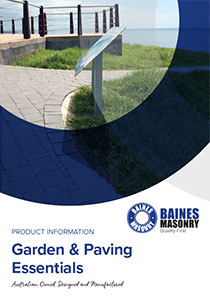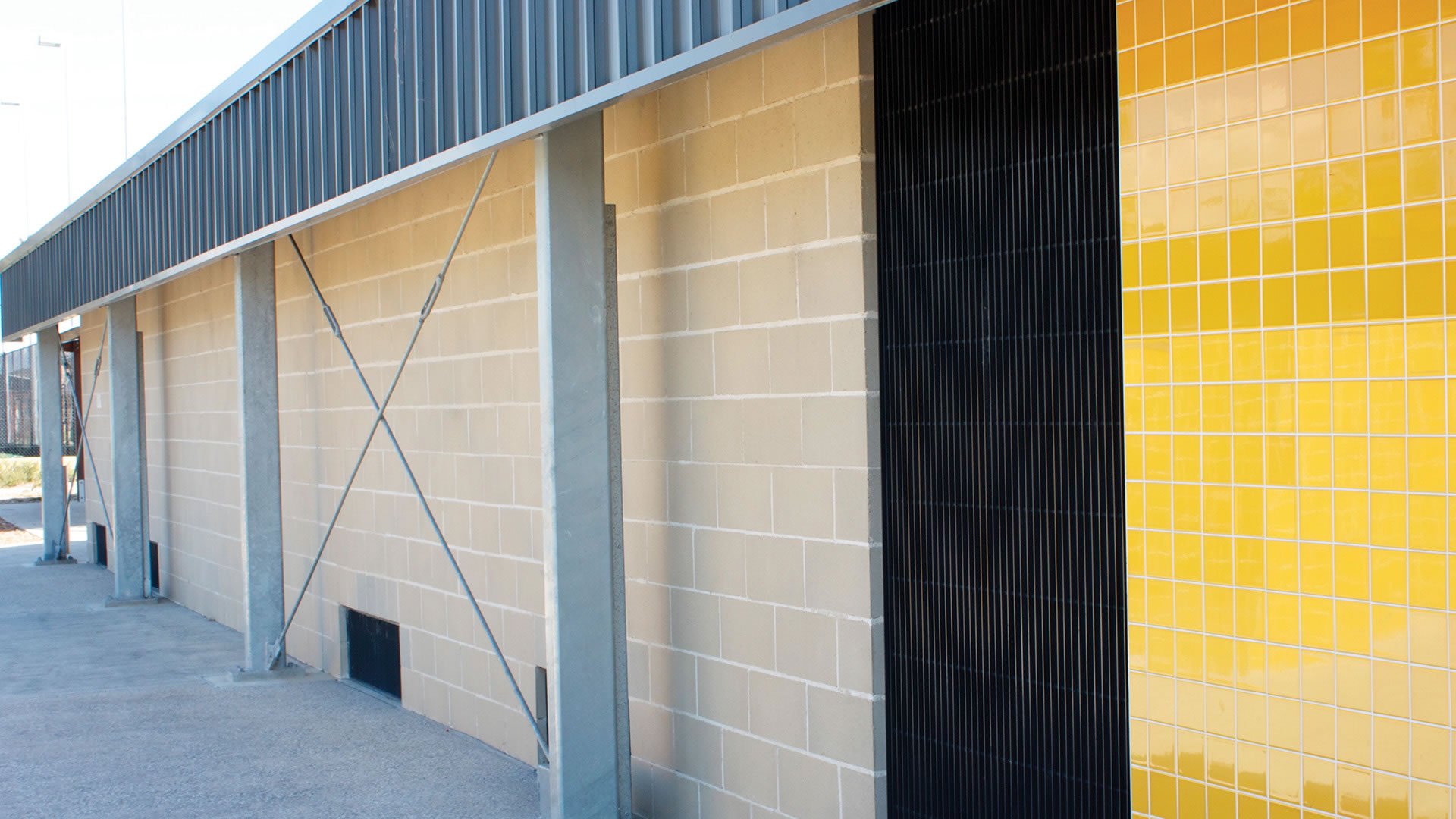Commercial Utilities
Examples: Single Cab, Extra Cab & Dual Cab Utes (Ford Ranger, Mazda BT50, Isuzu D-Max, Holden Colorado, Mitsubishi Triton, VW Amarok & Toyota Hi Lux)
Allowable Weight Limit: 700kg (unless the driver can demonstrate the vehicle has a larger rated capacity, in which case we may load to a maximum of 80% of the legal payload).

| Height of Load Above Side Gate |
Angle of Strap |
Number of straps 300kgf Ratchet |
Number of straps 600kgf Ratchet |
Can Restrain |
| 170-360mm |
15° |
1 |
1 |
150 kg |
| 170-360mm |
15° |
2 |
1 |
310 kg |
| 365-395mm |
30° |
1 |
1 |
300 kg |
| 365-395mm |
30° |
2 |
1 |
600 kg |
| 400-595mm |
45° |
1 |
1 |
420 kg |
| 400-595mm |
45° |
2 |
1 |
840 kg |
| 600mm + |
60° |
1 |
1 |
510 kg |
| 600mm + |
60° |
2 |
1 |
1000 kg |
| 600mm + |
60° |
3 |
2 |
1500 kg |
These two vehicle types may be loaded by forklift by Baines Masonry or hand loaded by the customer.
These two vehicle types must be hand loaded by the customer.

Loading these vehicles by hand is the customers’ responsibility.
- A ute or trailer tray/body can contain a load, provided the load’s centre of gravity sits under the side of the tray/body and is packed tight, but you still have to restrain it from upwards movement.
- If the centre of gravity is above the side of the ute tray or trailer another suitable load restraint system should be used.
- A ute tray or trailer is most effective if your load is firmly packed to reduce movement within the tray.
- Heavy items may need to be separately restrained with tie down or other direct restraint methods and fastened to the correct lashing points.
Cargo nets
- Cargo nets are a load rated net that covers an open part of the vehicle and are to be used with load restraint equipment as secondary control measure as determined by the driver.
- They provide an effective restraint, particularly for open vehicles.
- Cargo nets can contain a load up to their rated capacity, as per the manufacturer’s specifications
- Non rated cargo nets are considered to be a tarpaulin
Tarpaulins
- For most loads, tarpaulins – or tarps – are not effective restraint systems on their own.
- Tarps can be used in conjunction with another restraint systems, ratchet straps etc.



















